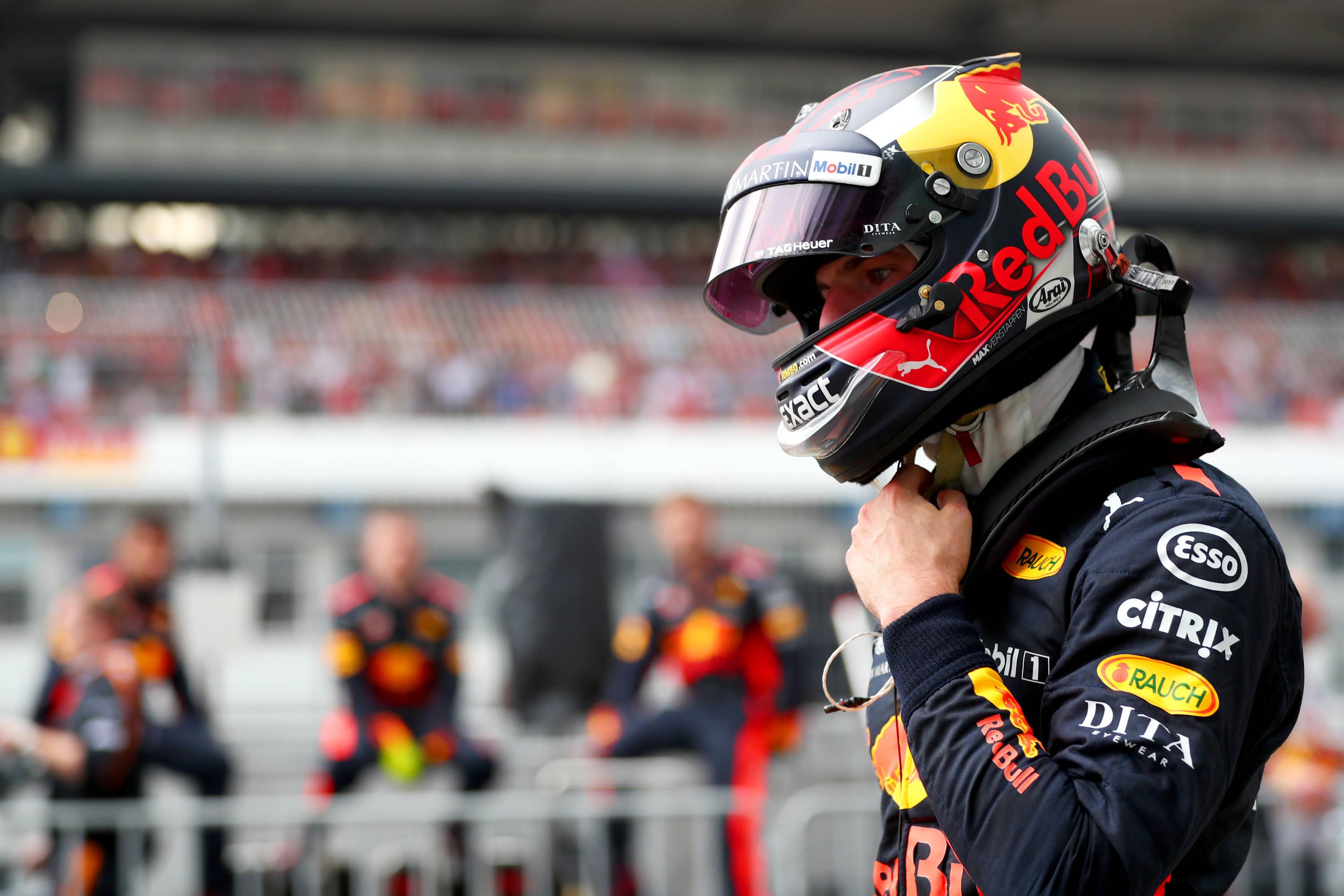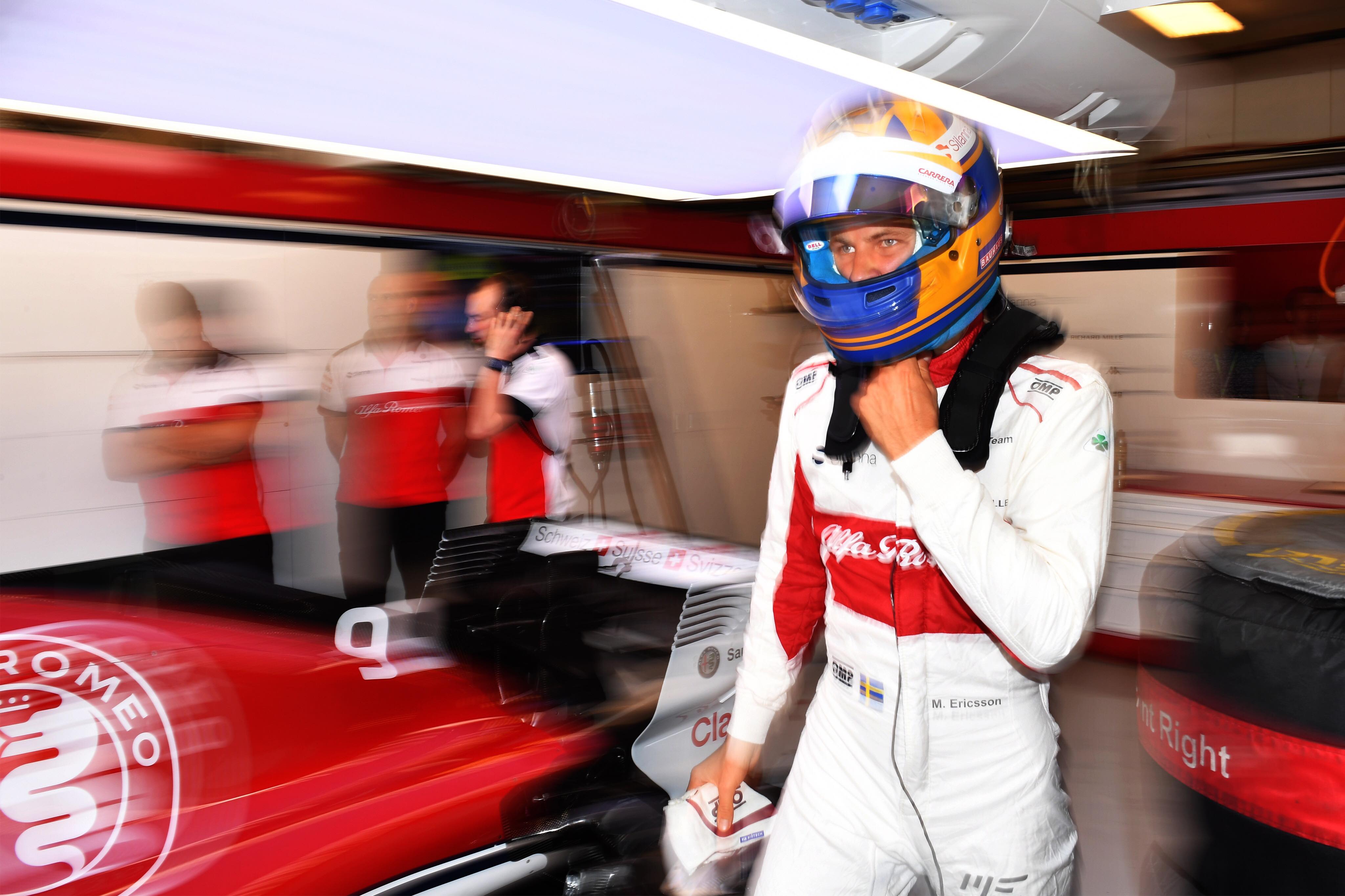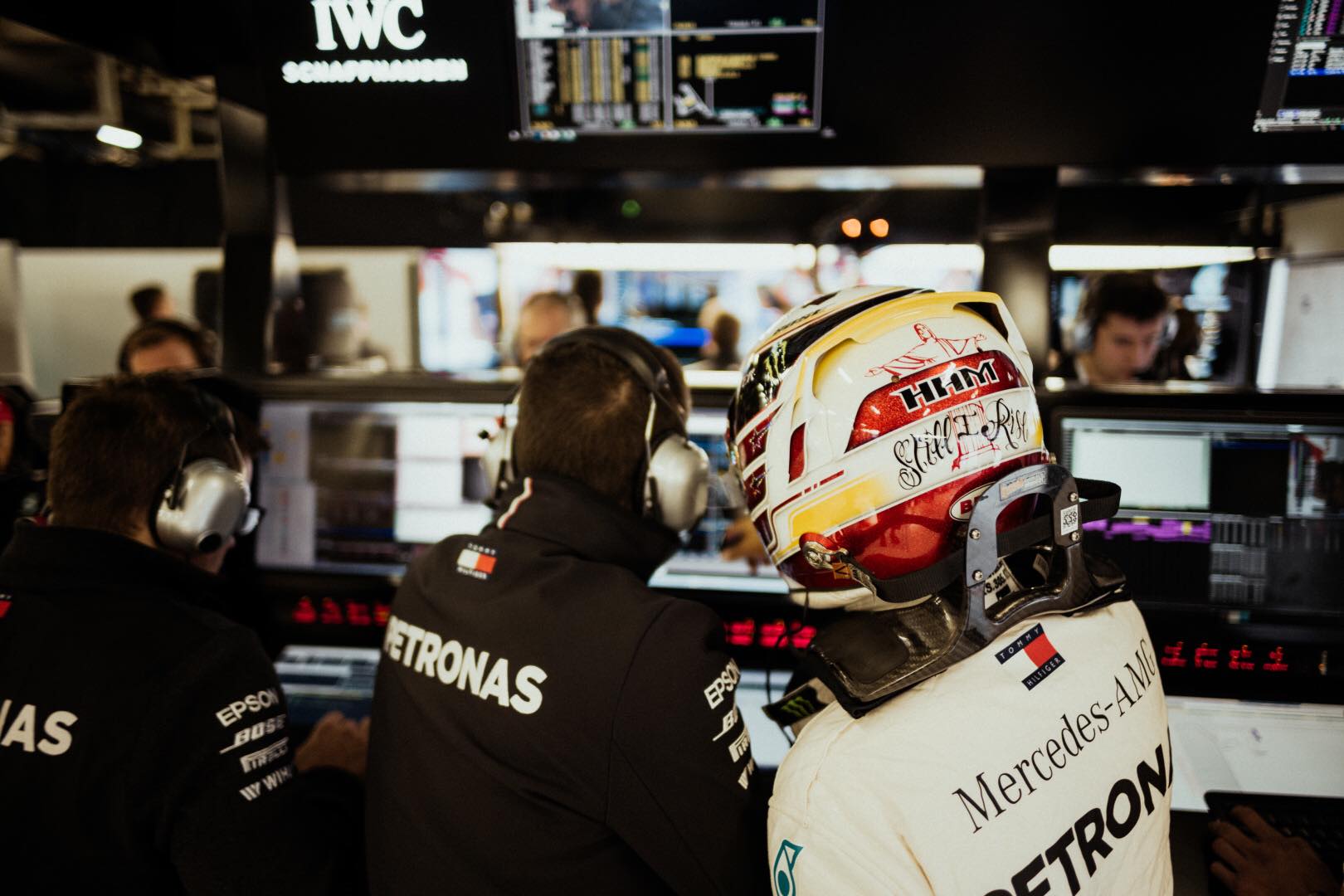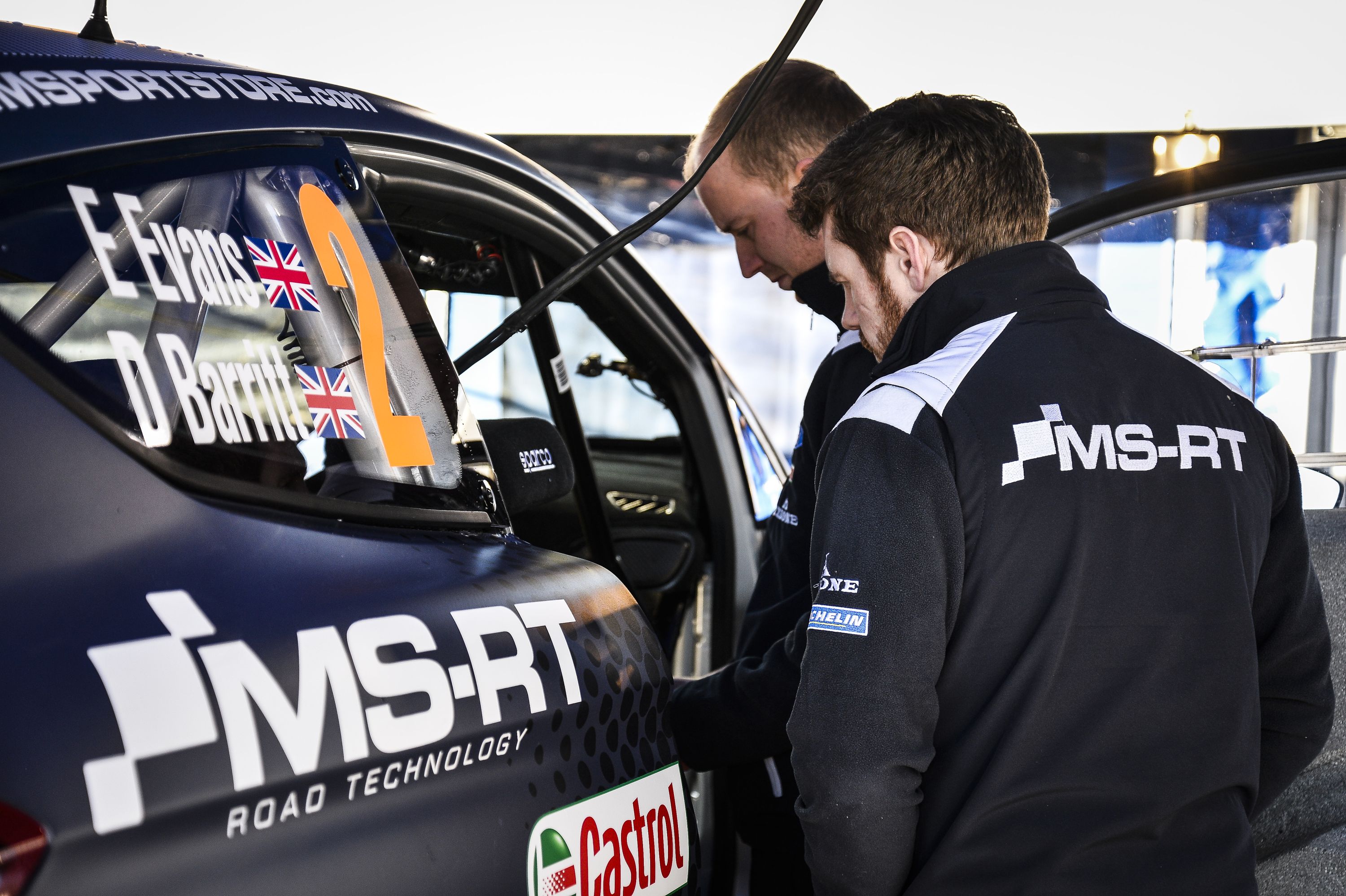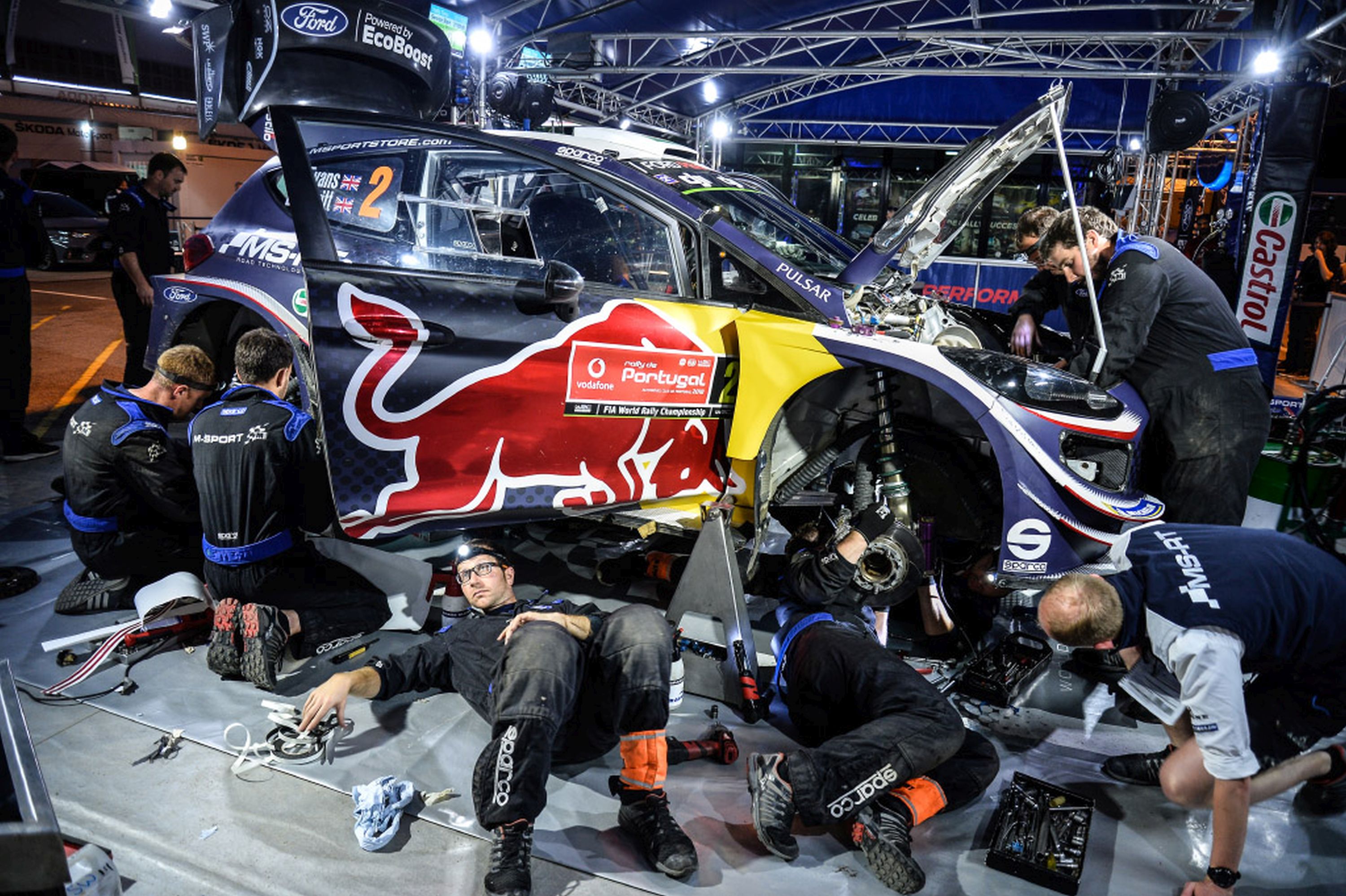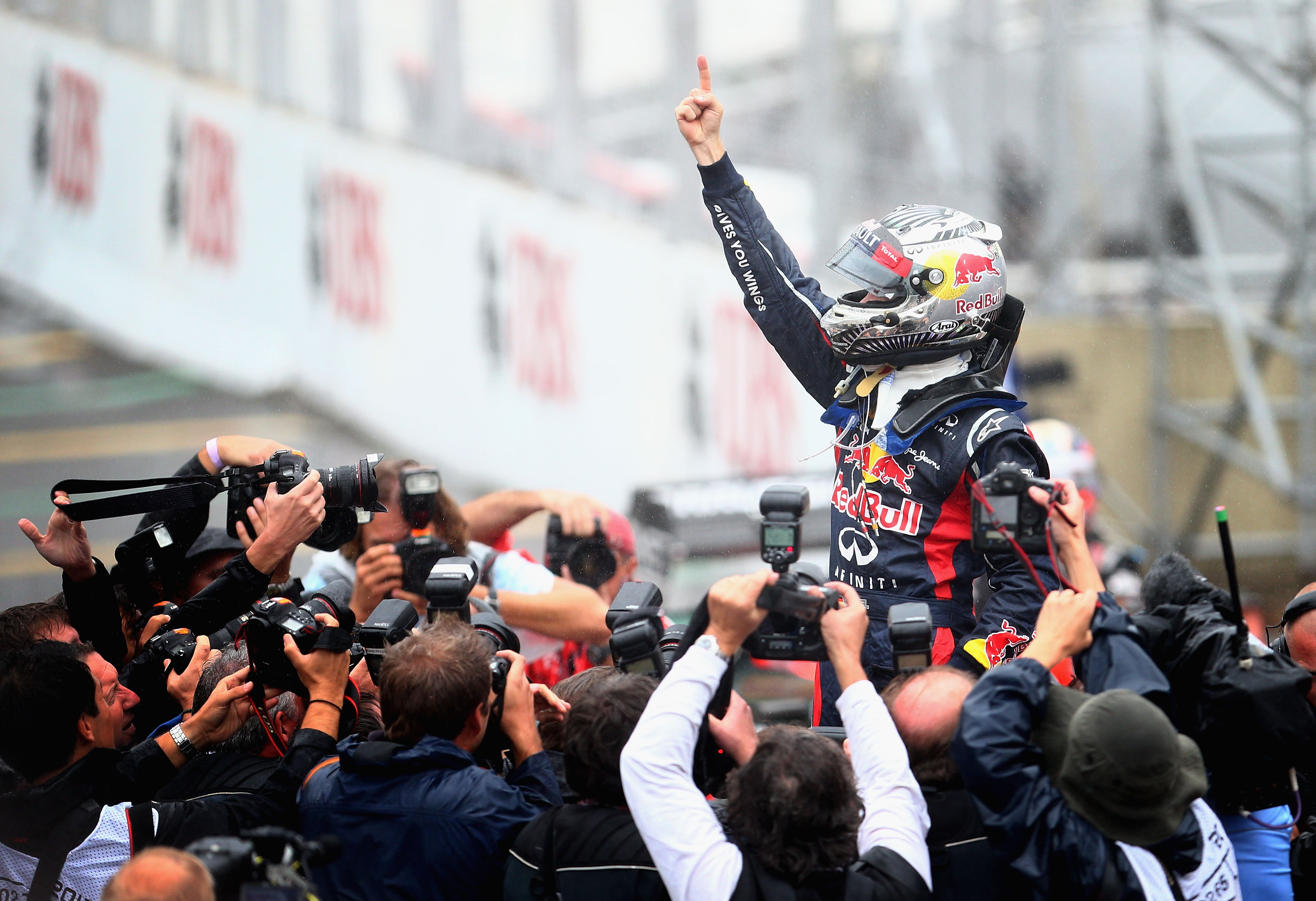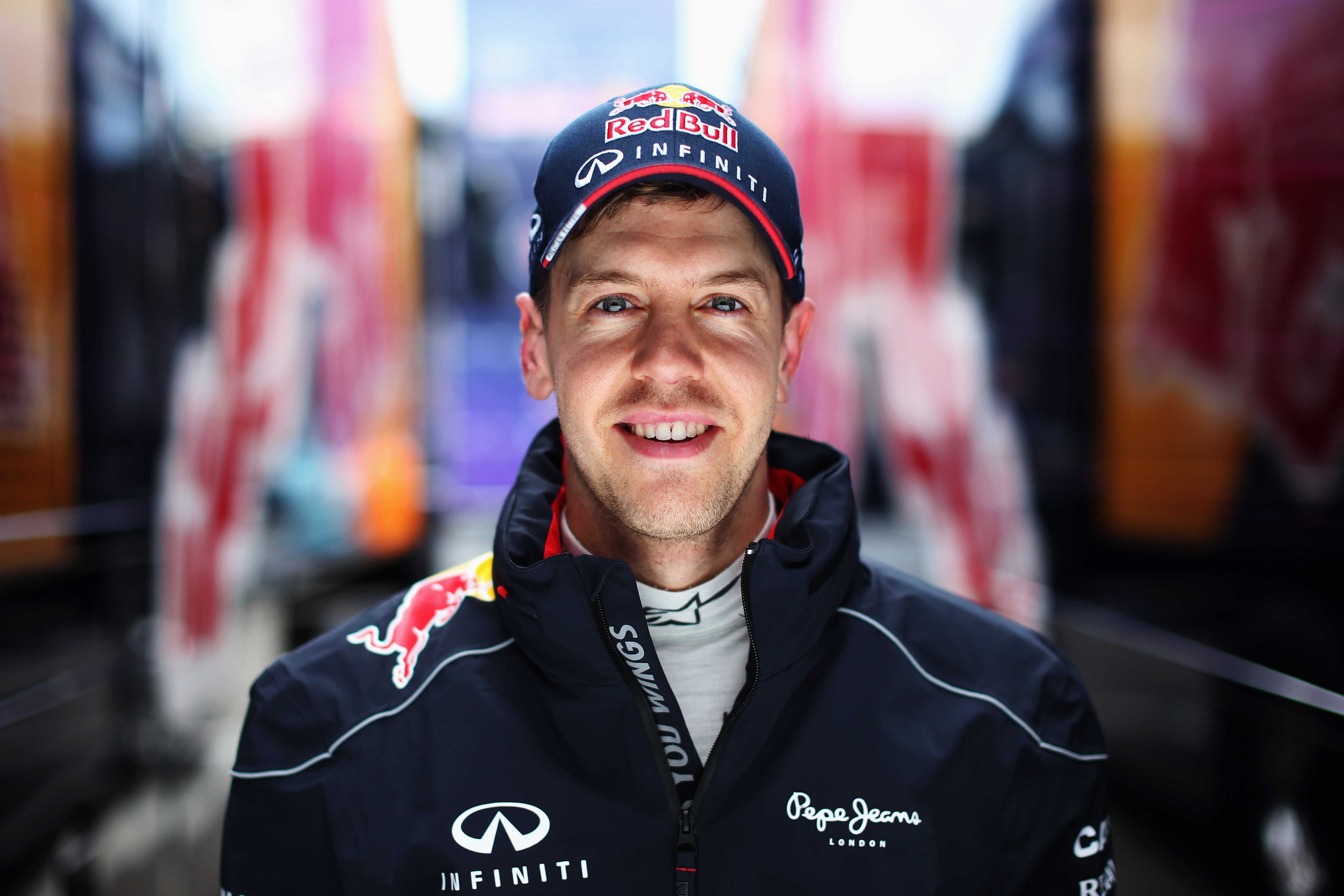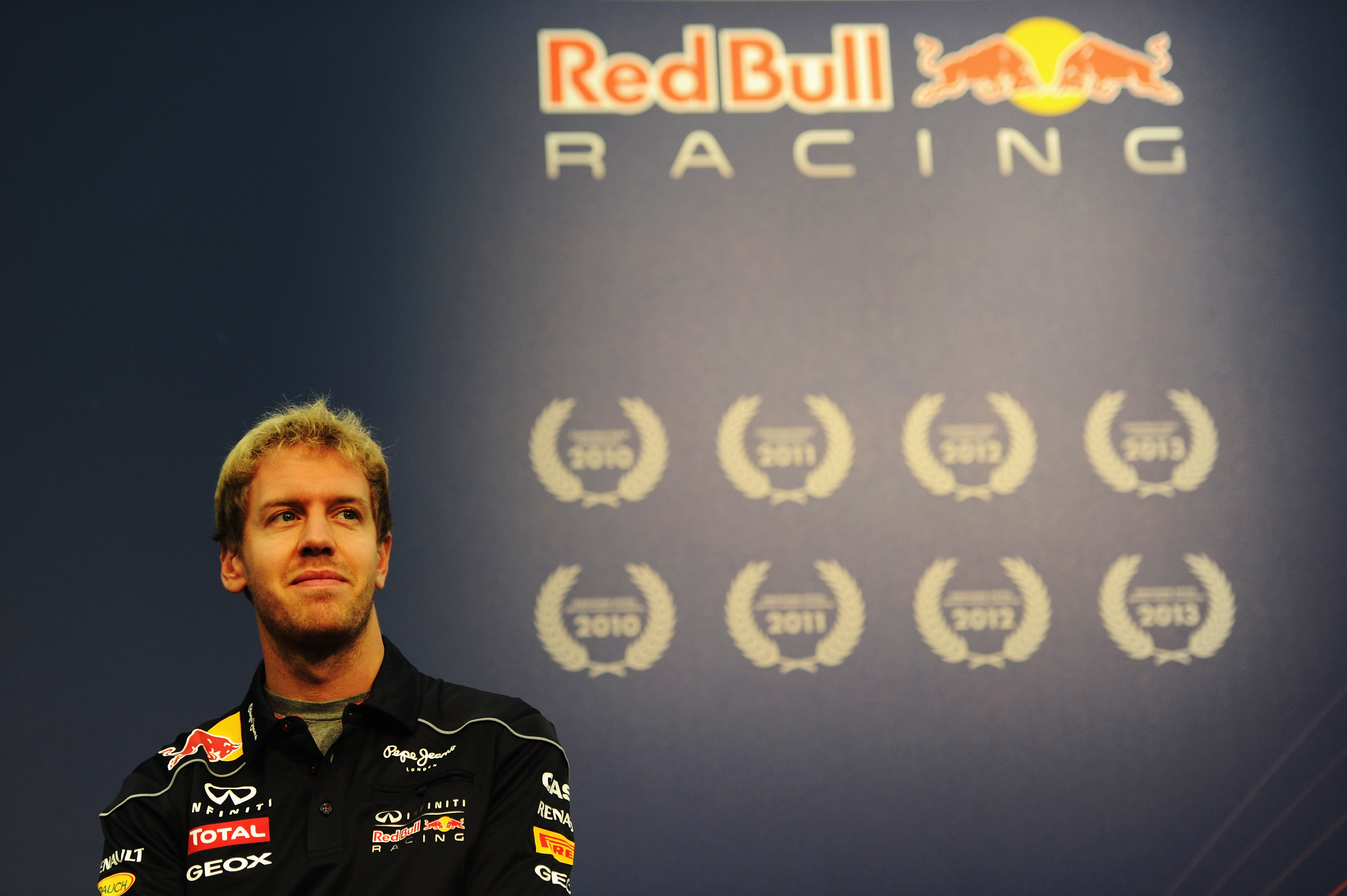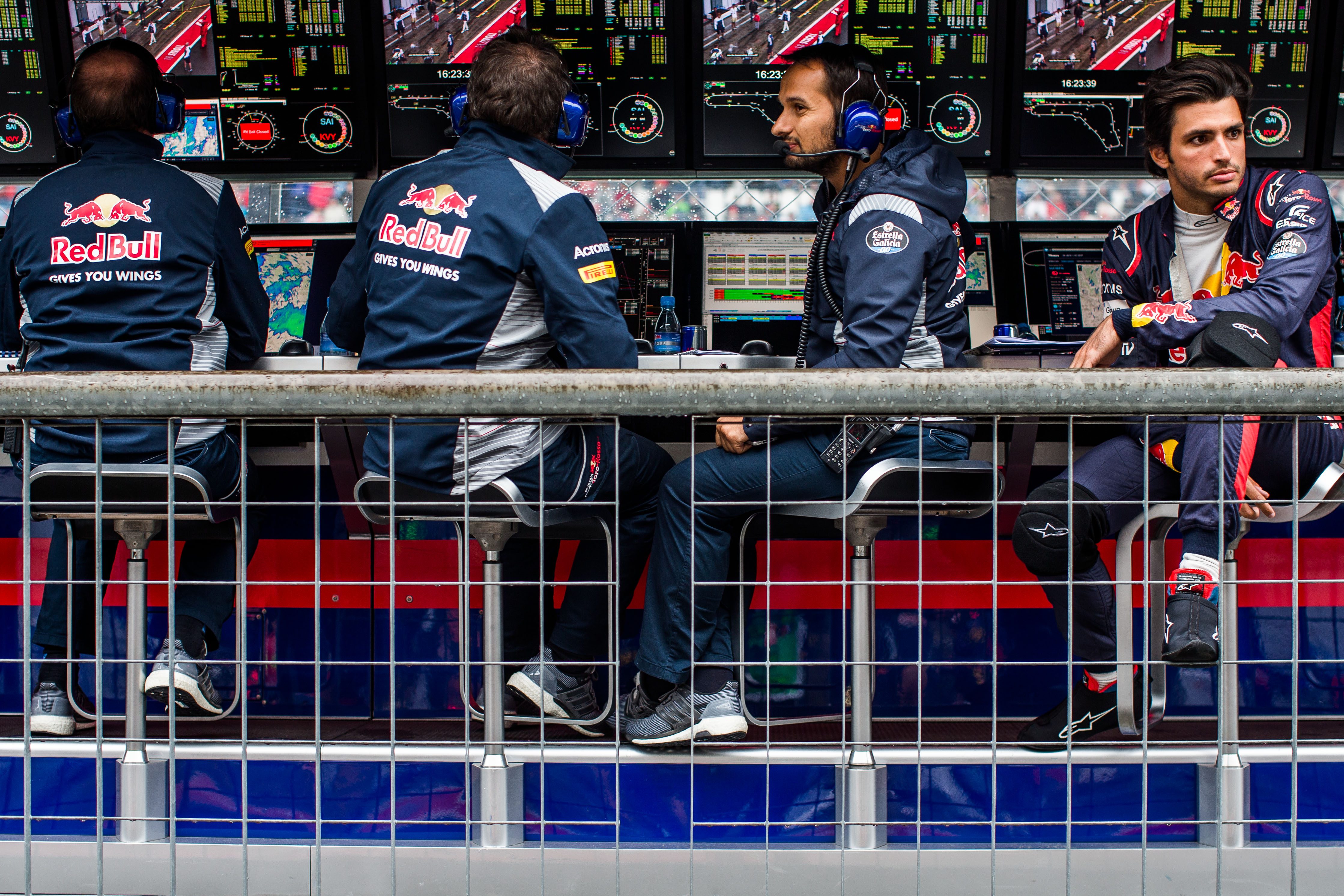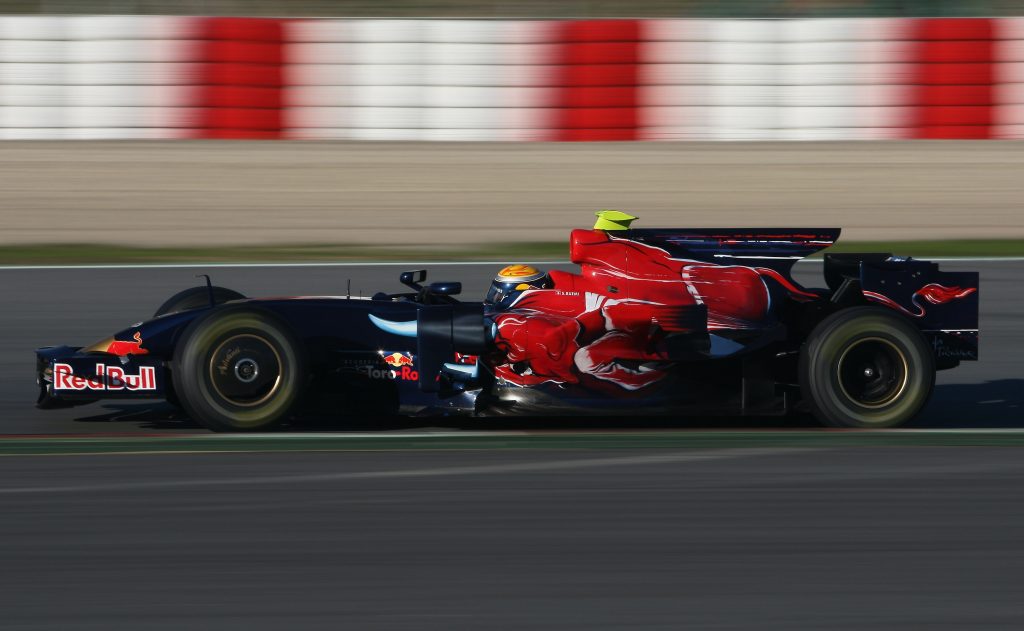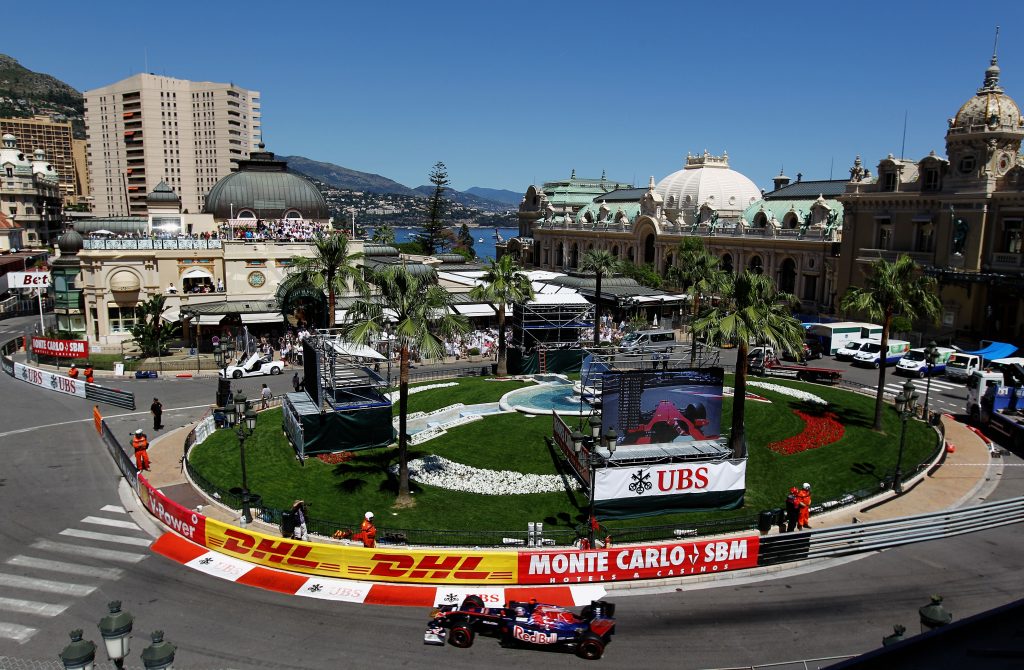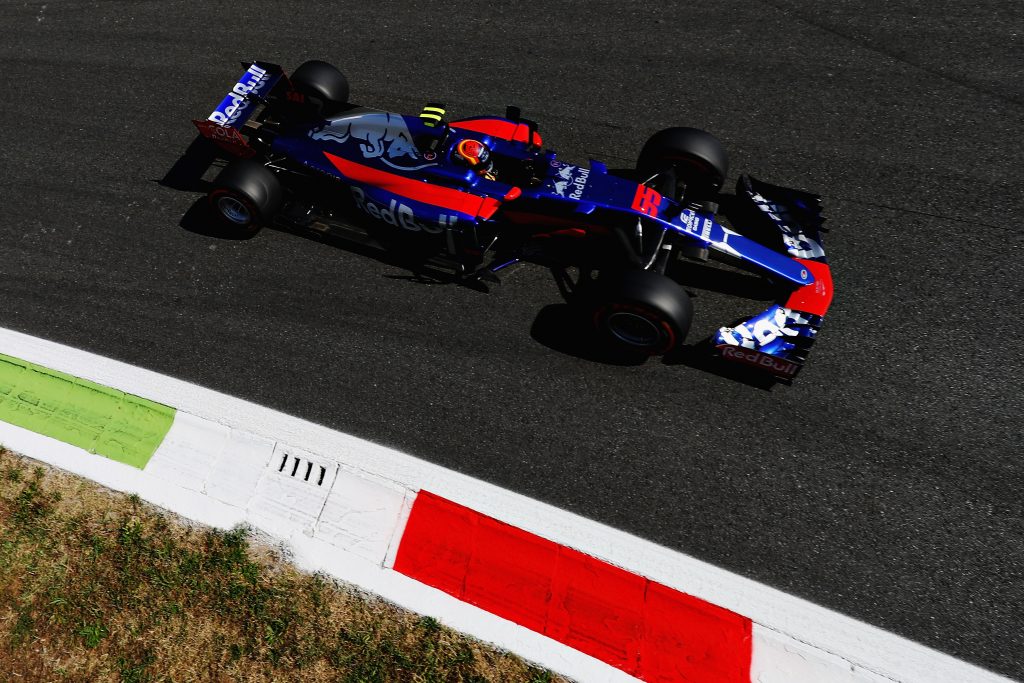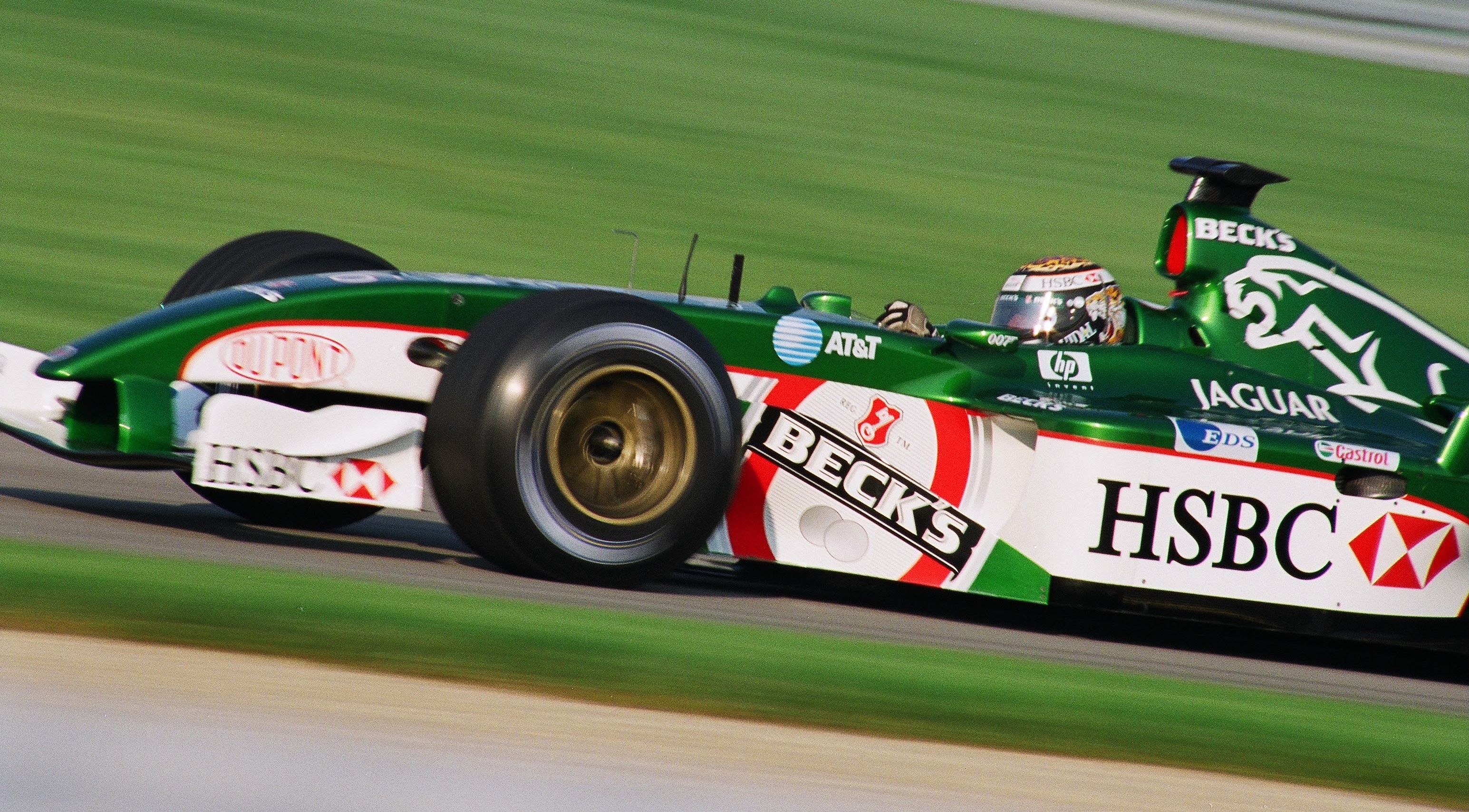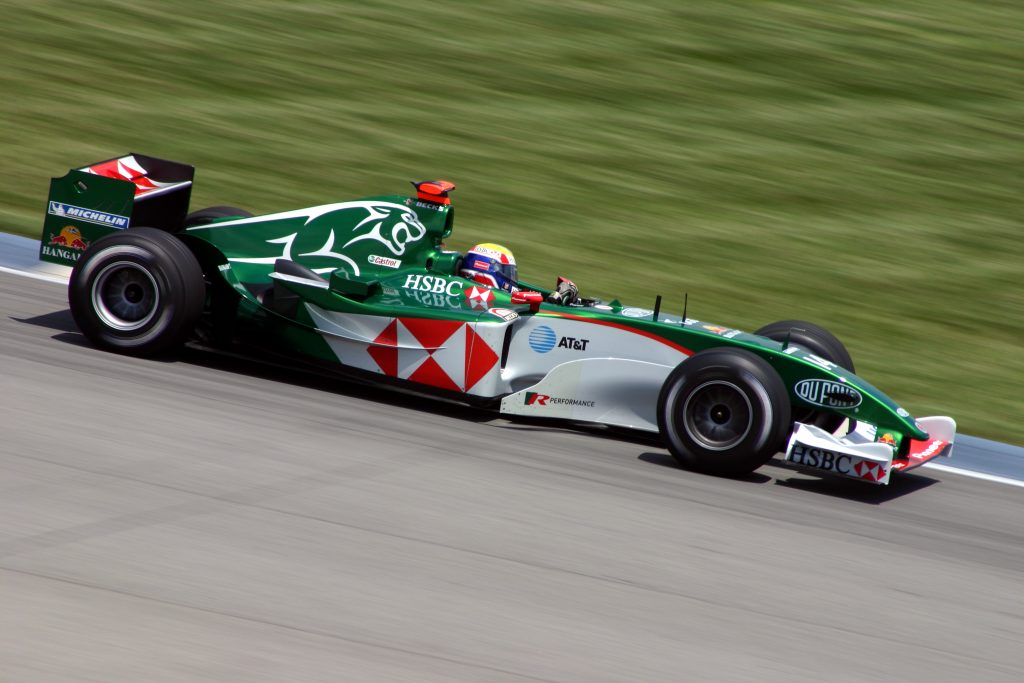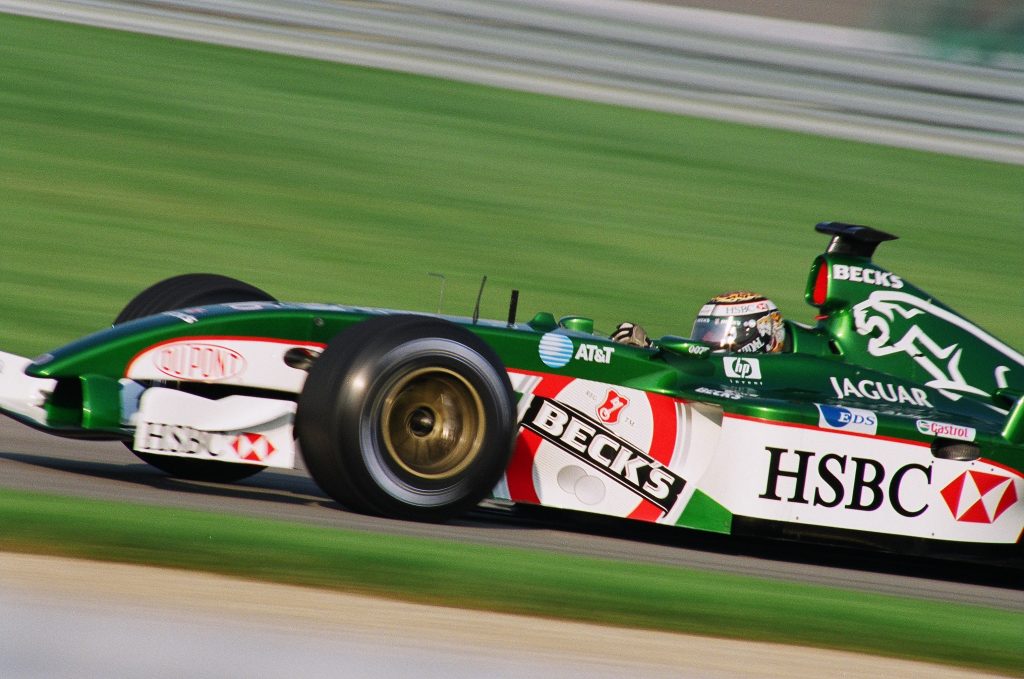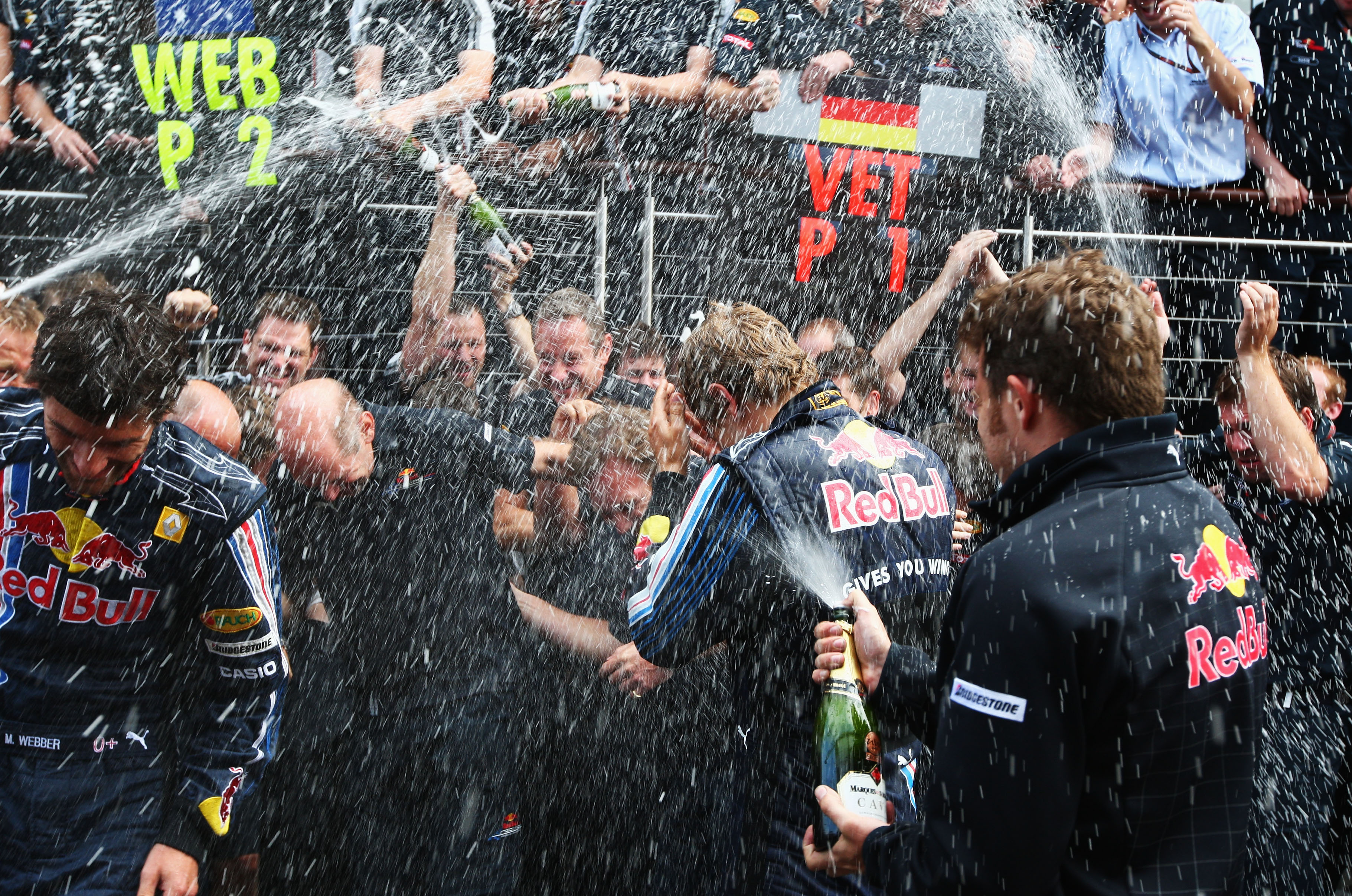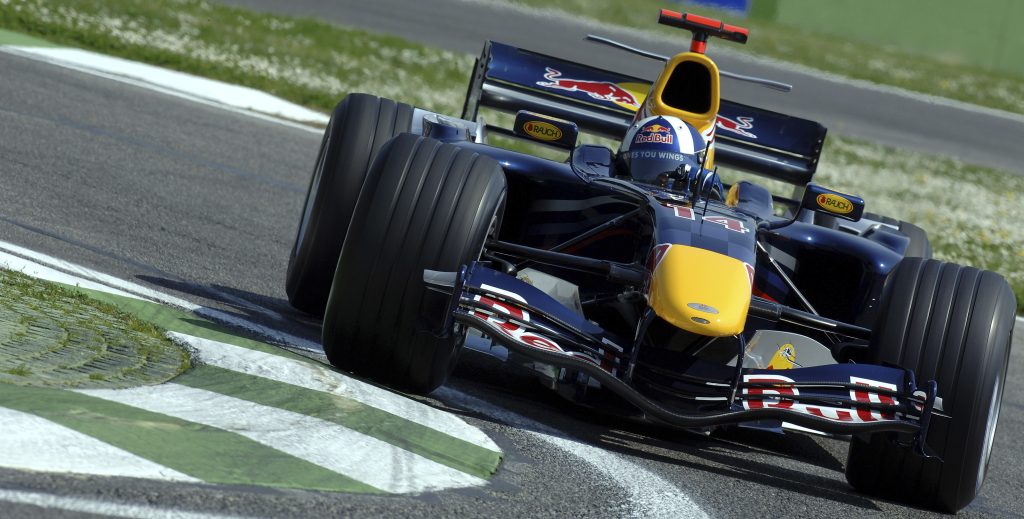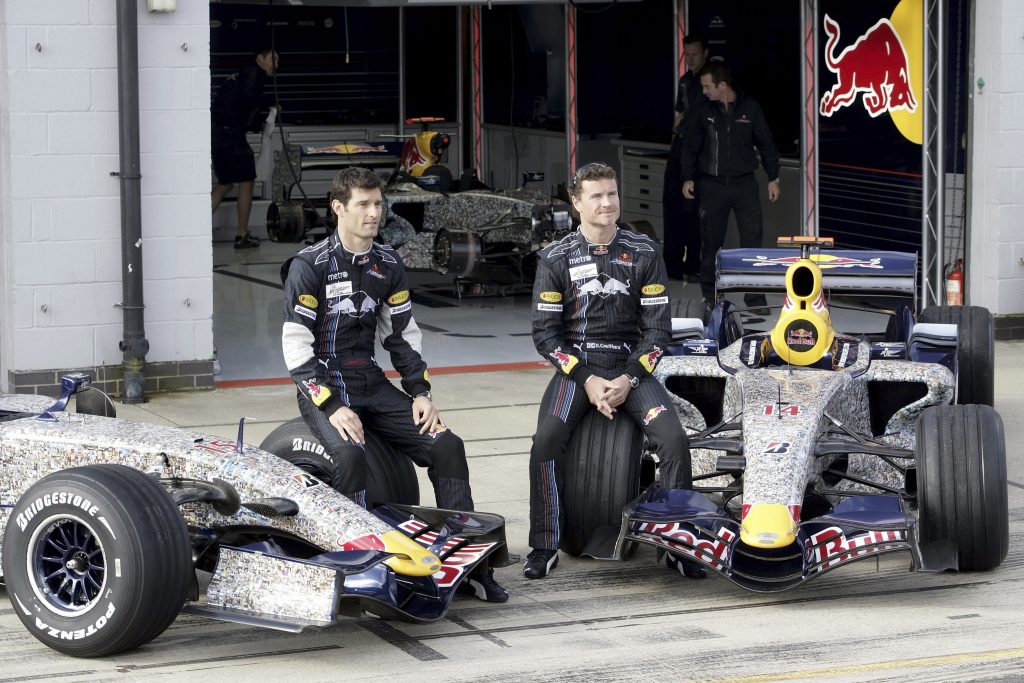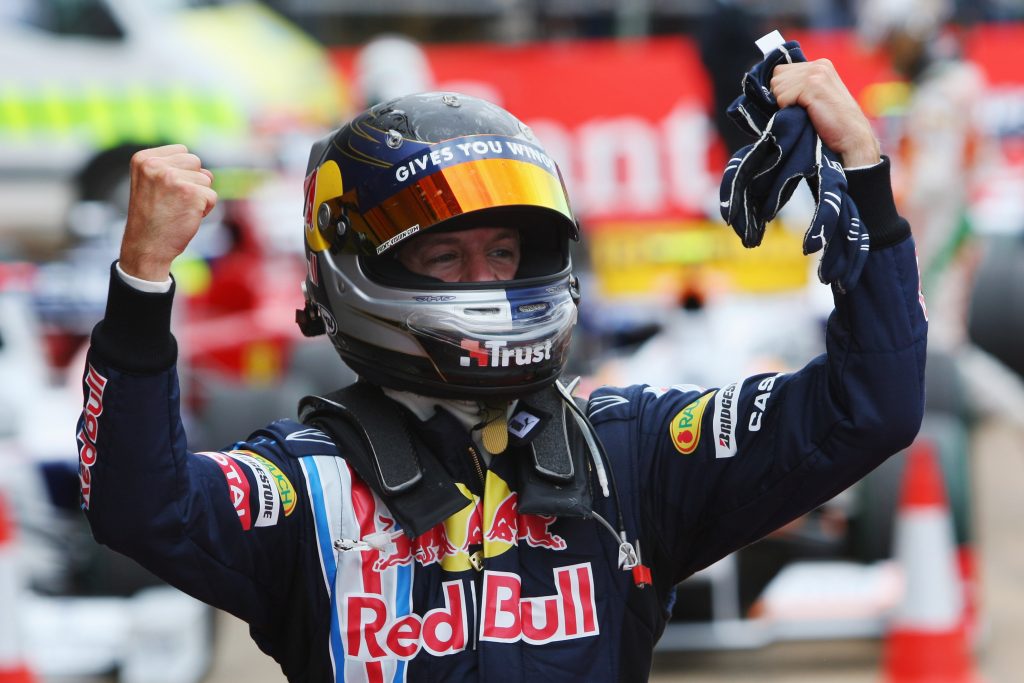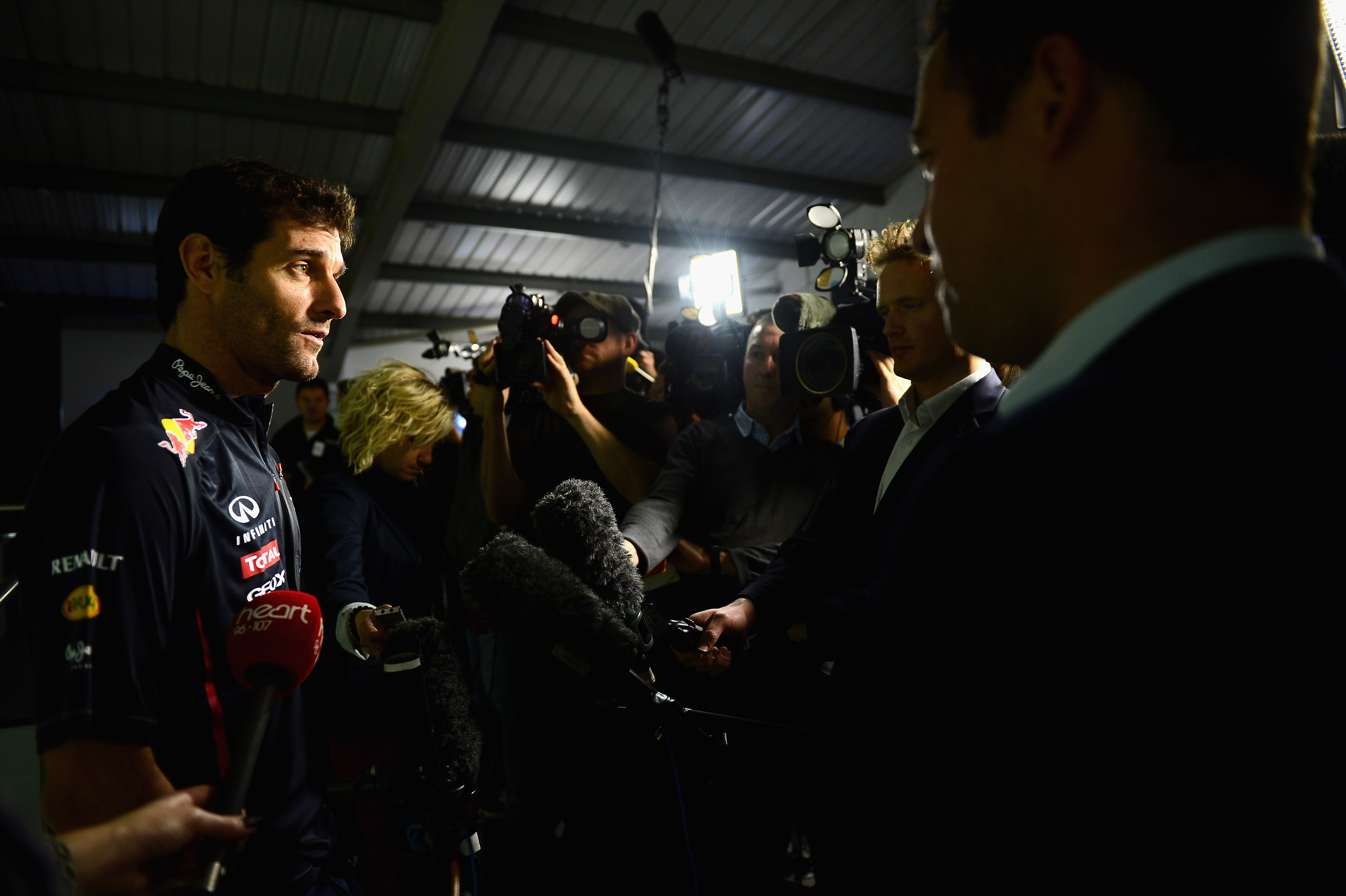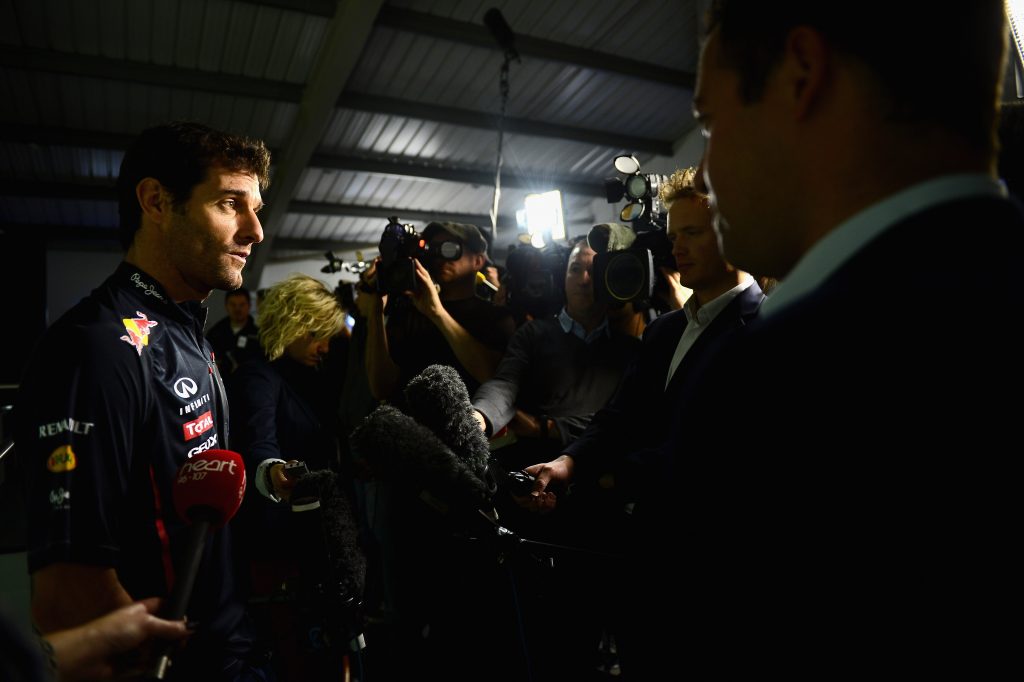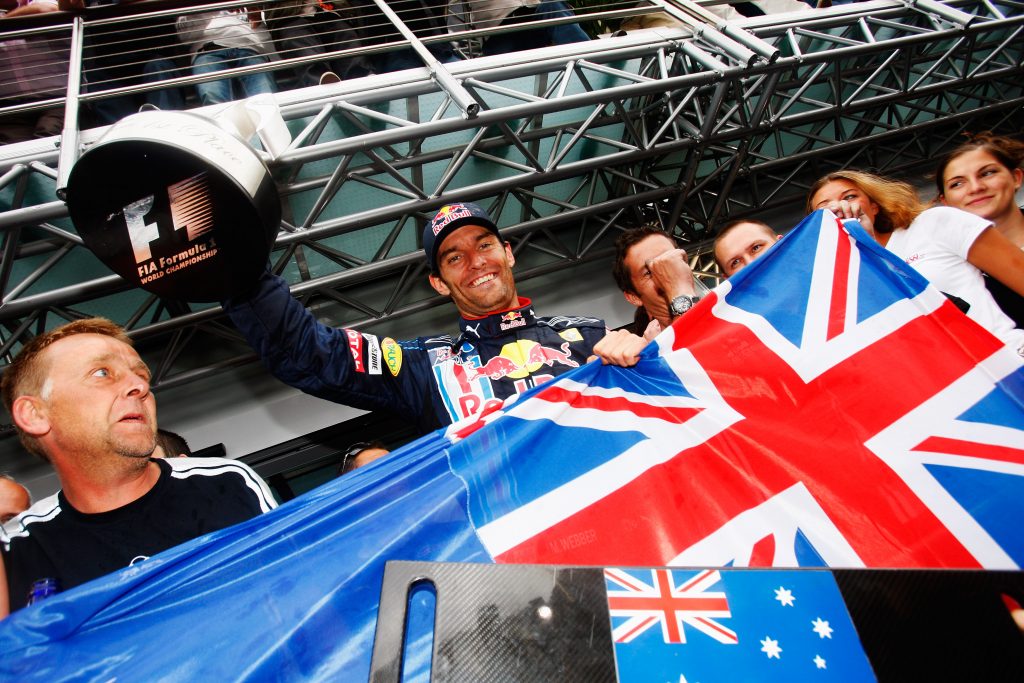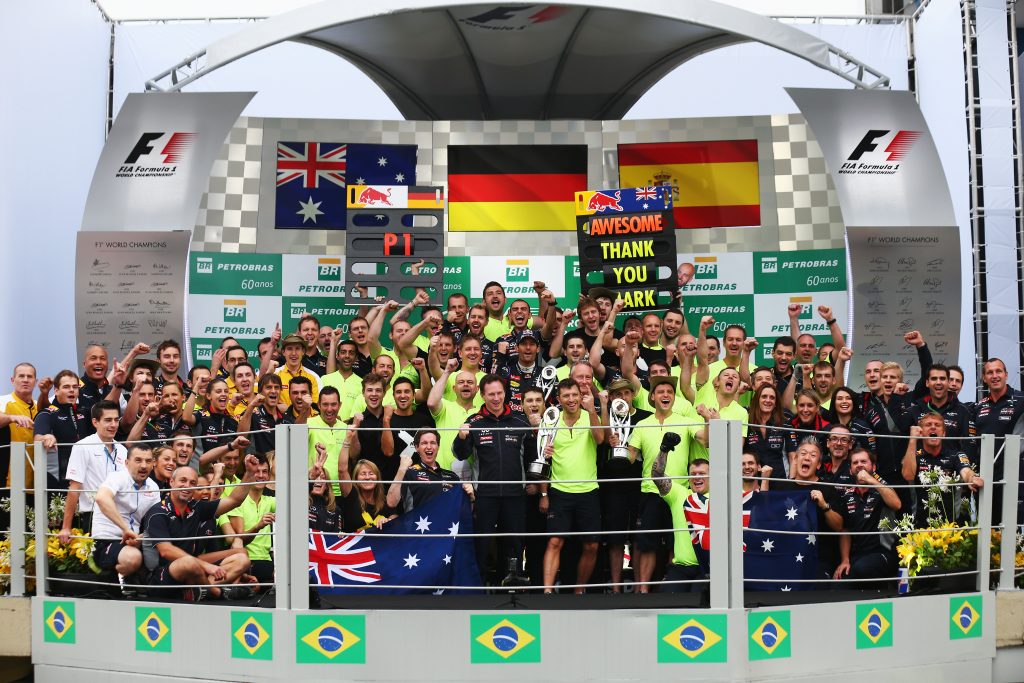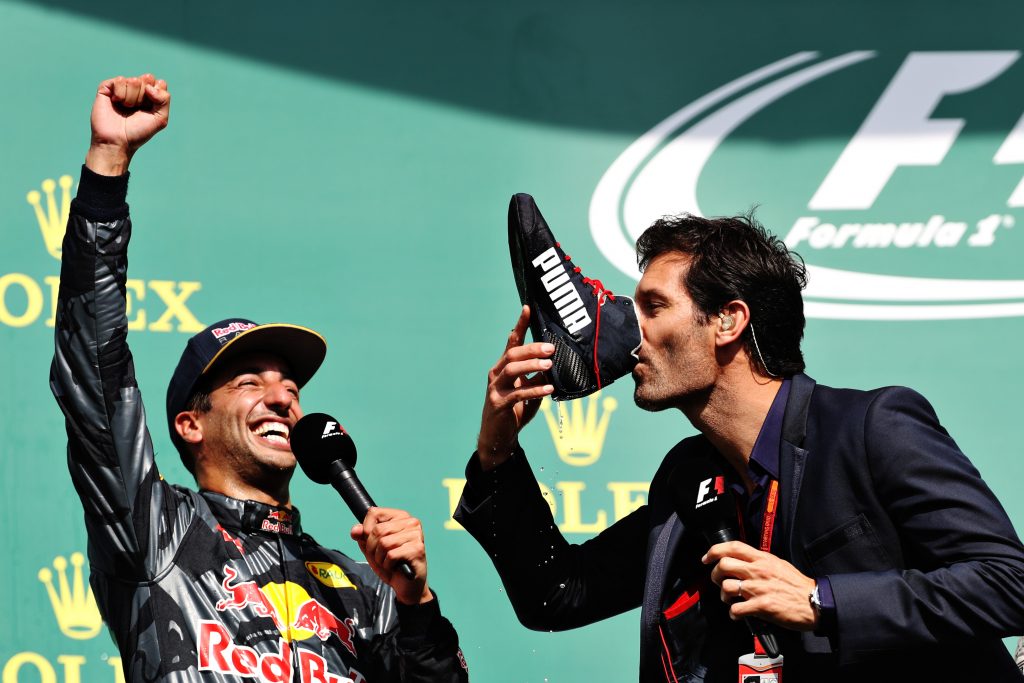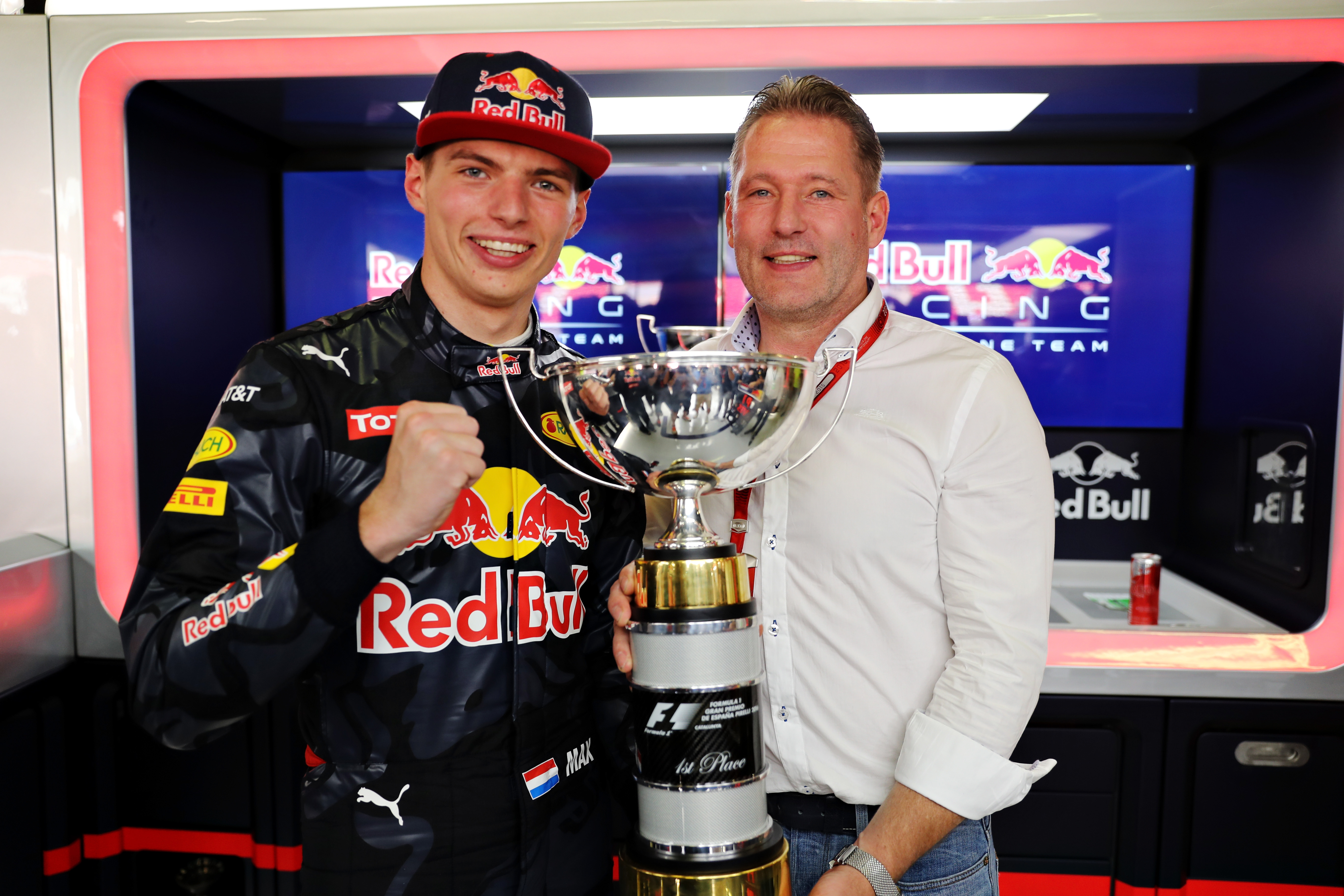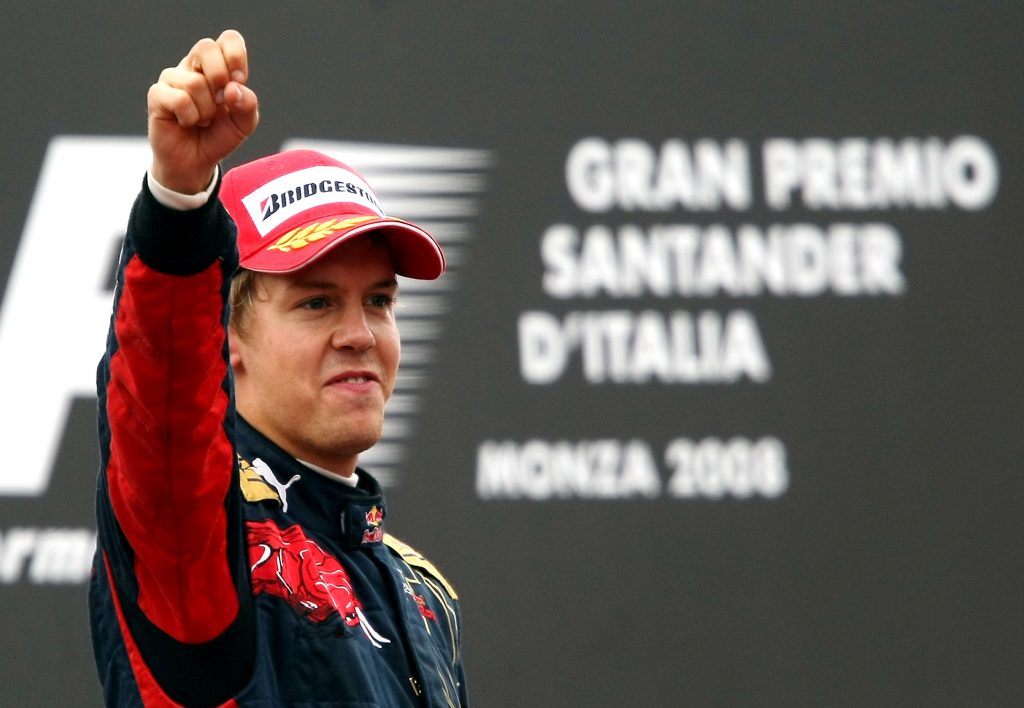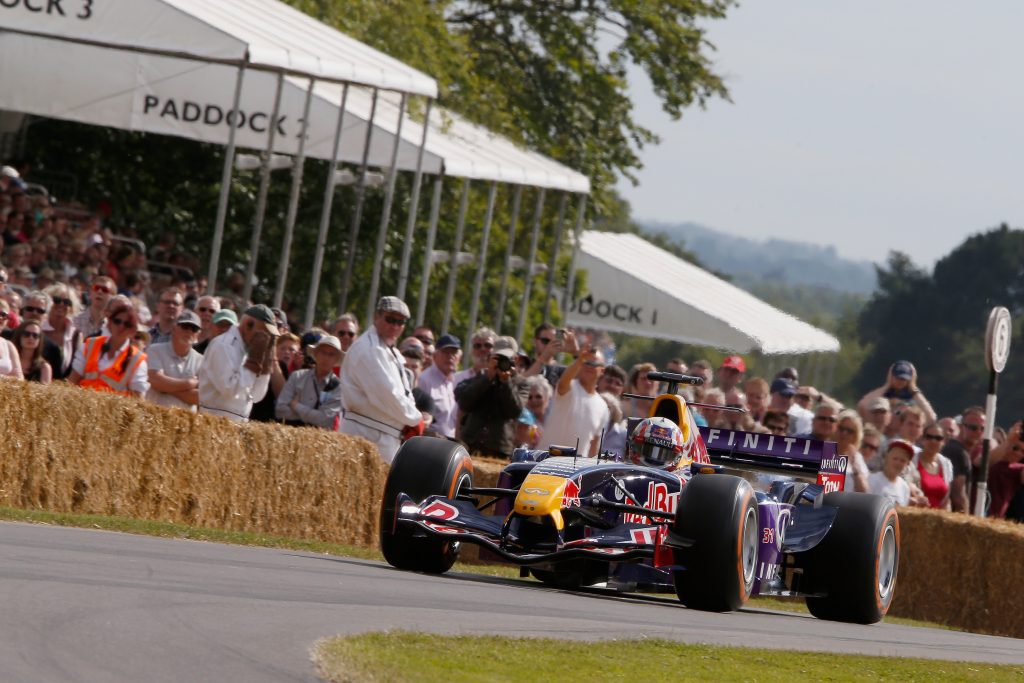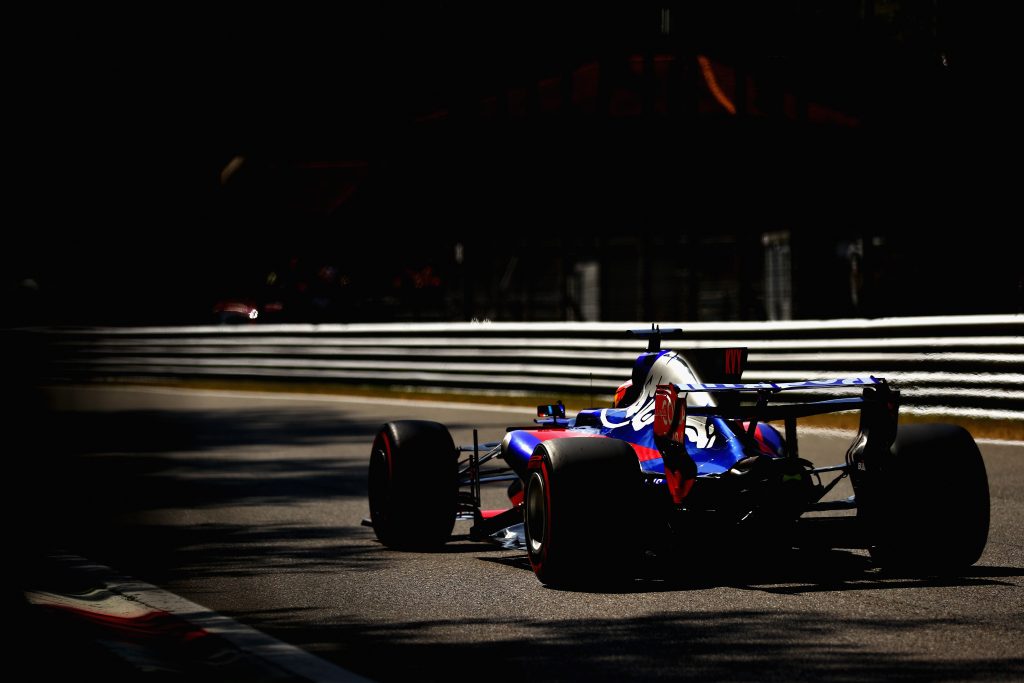IndyCar has evolved huge amounts over the last decade in terms of safety with numerous crashes and unfortunate tragedies to be learnt from. Development has come for the cars, the tracks and the safety crews but it’s a constant race to keep the stars as safe as possible with speeds reaching in excess of 230mph.
One of the biggest changes to come to the oval races was the introduction of the Steel and Foam Energy Reduction Barriers, more commonly known as just ‘SAFER Barriers’. These first came about, after a number of high profile fatalities, in 2002 when they were installed at the Indianapolis Motor Speedway before being retro-fitted to all ovals used by IndyCar and NASCAR by 2006. Since then, the SAFER Barriers have been used at some IndyCar road courses – such as Watkins Glen – where there’s not enough room for sufficient run off given the speed of the cars.
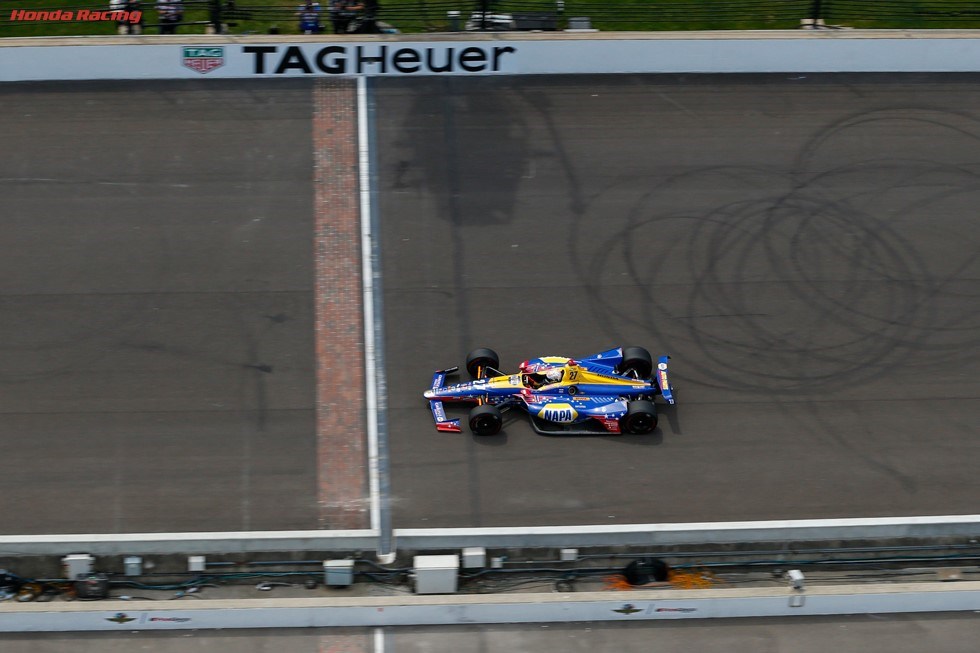
Iowa Speedway was actually the first track to have the SAFER Barriers incorporated in the track design, featured around the whole perimeter of the track to reduce the loading on the driver, decreasing the chance of injury or worse.
During the event itself, the AMR IndyCar Safety Team are there for the drivers, should they be in need of their assistance. A dedicated team consisting of three trucks and, in total, twelve personnel, follow IndyCar around for every race of the season, joining forces with the local safety teams at each track. This group are there to focus on the three main areas of an incident – the impact zone with the wall, the place where the car comes to rest (including the driver) and the debris field. The teams will be dispatched to every incident from a simple breakdown to a multi-car wreck and, for 99% of the time, the incident can just be cleared and the session can continue as usual.
It’s that 1% where the problem lies.
One of those such incidents happened on 18th May 2015 during Practice 8 of the Indy 500, the day after qualifying. It was about an hour into the session and James Hinchcliffe was getting some draft practice in before race day when his right front rocker failed. This was a highly unusual failure, when cars have been through huge crashes, their rockers will more than likely be intact but, for Hinchcliffe, that wasn’t the case. The Canadian was left a passenger in his #5 Schmidt Peterson as it ploughed into the wall of the famous speedway coming out of Turn 3 and into Turn 4. From the outside, the crash didn’t look that bad at first, sure, it was a big hit but we see them quite a lot in IndyCar.
However, all was far from well. The piece of suspension that had caused the crash had also puncture the tub and, along with it, Hinchcliffe’s thigh. Worse still, it had hit the Canadian’s femoral artery. This was not good news but, thanks to the quick work of the Safety Team, they managed to get Hinchcliffe out of the car and to the hospital – all with about 90 seconds to spare before his time was up.
Just days after Hinchcliffe’s crash, parts had been added to the rockers on all cars to stop them failing in the same manner and the tubs had been strengthened further to prevent anything from puncturing it.
Once Hinchcliffe had recovered enough to be conscious and talking, his third question was “when can I get back in a car?” which is true testament to the mentality of racing drivers. Return he did, having sat out the rest of the 2015 season, Hinchcliffe was back for 2016 and, incredibly, took pole for the Indy 500, at the track that had so nearly claimed his life the year before.
Another one of those 1% crashes came at the Indy 500 last year when Sebastien Bourdais hit the barriers during his qualifying run. After running pole pace on his first two laps, Bourdais lost control of his car on the third, hitting the wall and causing the tub to break. As a result, Bourdais fractured his pelvis but, thankfully for him, that was the only damage done and he returned to racing just over three months later at Gateway. The consequences weren’t nearly as severe for Bourdais as they were for Hinchcliffe but both their injuries contributed to the all-new design for the 2018 cars.
The biggest change on the new cars safety-wise was the restructuring of the sidepods. They, along with the oil and water radiators, were moved forwards to be ahead of the driver’s hips, providing extra cushioning to the driver in the case of a side impact, such as Bourdais’. Additionally, a wider edge to the base of the sidepod and other modifications means the cars are less likely to go airborne during spins and collisions, as they have been doing in previous years.
Also, the front and rear wings have less elements and the rear wheel guards, along with the winglets, have been removed, all to reduce the amount of potential flying debris in incidents. The design of these cars allows for a cockpit windscreen to be put in place which is where IndyCar is heading next.
While F1 have pushed ahead in developing and implementing the ‘Halo’, IndyCar have been forced to take a different route, primarily because of the ovals and the visual implications to the driver that would surface as a result. IndyCar’s cockpit windscreen has already had a few running’s in tests and practice sessions by numerous drivers, who agree that it takes a while to get used to but does need to be put in place.
IndyCar has a very personal reason for wanting some form of cockpit protection. Back in 2015, Justin Wilson was killed at Pocono when he was struck by a piece of front wing from Sage Karam’s crashed car, it was a fatality that shook IndyCar to the core and the first in the series since the much-loved Dan Wheldon in 2011. Following Wilson’s crash, front and rear wings were tethered to the main body of the car, in a similar way to the wheels, to prevent them from breaking free but the huge loss was all the same.
Over the years, huge changes have been made to all aspects of IndyCar, making the series much safer than before with the crashes acting at catalysts for quick or more long-term changes. However, like any other form of motorsport, there are still changes to be made and, as it was put it perfectly in the documentary ‘Yellow Yellow Yellow: The IndyCar Safety Team’, “you think you’ve got every aspect covered until they figure out another way to crash…”


